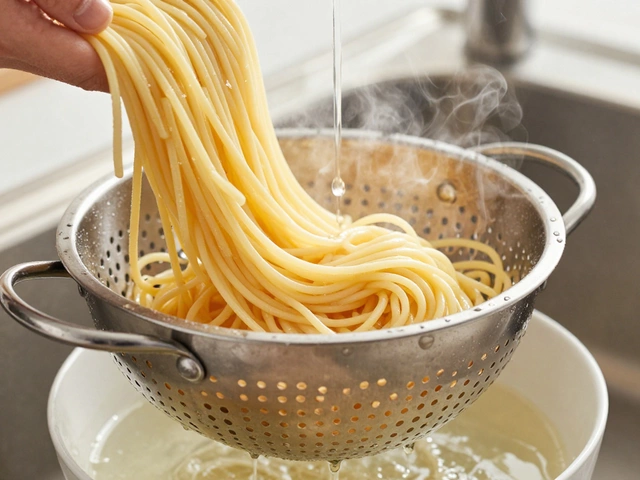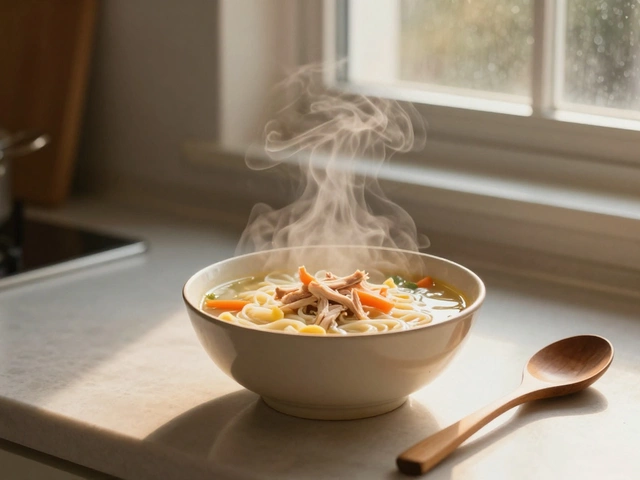Vegan Recipes That Wow – Simple, Tasty, No‑Fuss Meals
Ever wondered how to make plant‑based meals that actually taste good? You don’t need a fancy chef badge or exotic gadgets. With the right spices and a few pantry staples, you can whip up dishes that satisfy cravings and keep you feeling full.
Here’s the deal: vegan cooking is mostly about swapping animal ingredients for vegetables, beans, nuts, and grains, then seasoning them right. The magic happens when you blend the heat of Indian spices with the comfort of everyday foods. Think chickpea curry instead of chicken tikka, or creamy cauliflower sauce instead of dairy‑filled alfredo.
Why Choose Vegan Recipes?
First off, vegan meals are kinder to the planet. Growing beans and veggies uses far less water and land than raising livestock. Second, they can be cheaper. A bag of lentils costs pennies and stretches into several meals.
Health‑wise, cutting out meat and dairy reduces saturated fat and cholesterol, while adding more fiber and antioxidants. You’ll notice better digestion, steadier energy, and sometimes even clearer skin. And let’s not forget the flavor – spices like cumin, coriander, turmeric, and garam masala turn simple veggies into bold, aromatic dishes.
Quick Tips for Flavorful Vegan Cooking
1. Start with a flavor base. Saute onions, garlic, ginger, and tomatoes until they’re soft. This foundation adds depth to almost any sauce or stew.
2. Use beans and lentils for protein. Rinse canned chickpeas, mash them a bit, and toss them into salads or curries. Cook red lentils with turmeric for a quick “meat‑less mince.”
3. Don’t skimp on spices. A pinch of cumin, a dash of chili powder, and a spoonful of garam masala can transform a boring bowl of rice into a main event.
4. Add texture. Toasted nuts, seeds, or crispy fried onions give a satisfying crunch that mimics the bite you miss from meat.
5. Finish with freshness. A squeeze of lemon, a sprinkle of cilantro, or a dollop of coconut yogurt brightens the dish and balances spice.
Now, let’s walk through a couple of quick recipes you can try tonight.
Spiced Chickpea Stir‑Fry: Heat oil, toss in chopped onions, garlic, and ginger. Add a can of chickpeas, a teaspoon each of cumin and coriander, a pinch of chili flakes, and a splash of soy sauce. Cook until the chickpeas are crispy, then finish with fresh cilantro and a squeeze of lime. Serve over brown rice or quinoa.
Creamy Cauliflower Curry: Roast cauliflower florets with a drizzle of oil and a sprinkle of turmeric. In a pan, simmer onions, garlic, ginger, and tomato puree. Add the roasted cauliflower, a cup of coconut milk, and a teaspoon of garam masala. Let it bubble for 10 minutes, then garnish with toasted almonds.
Both dishes are ready in under 30 minutes, use ingredients you likely have on hand, and showcase how vibrant vegan cooking can be.
Remember, the key to great vegan recipes is balance – protein, carbs, and flavor should all work together. Play with spices, adjust salt to taste, and don’t be afraid to experiment. Before you know it, your kitchen will be stocked with go‑to plant‑based meals that anyone can enjoy.
So, grab a pan, pick a spice, and start cooking. Your taste buds (and the planet) will thank you.
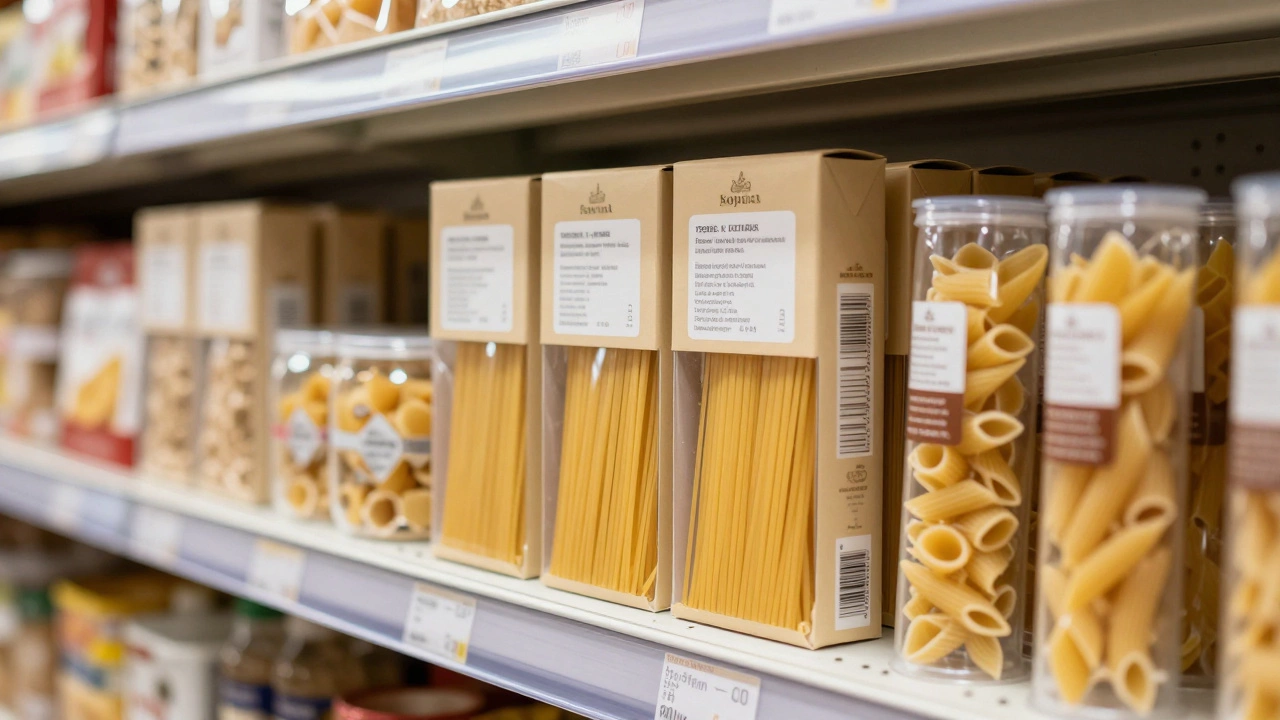
Is Pasta Considered Vegan? The Simple Truth Behind Common Pasta Types
by Landon Weathers / 1 Dec 2025Not all pasta is vegan-some contain eggs or dairy. Learn how to spot vegan pasta at the store, in restaurants, and when cooking at home. Simple tips for eating plant-based pasta without guesswork.
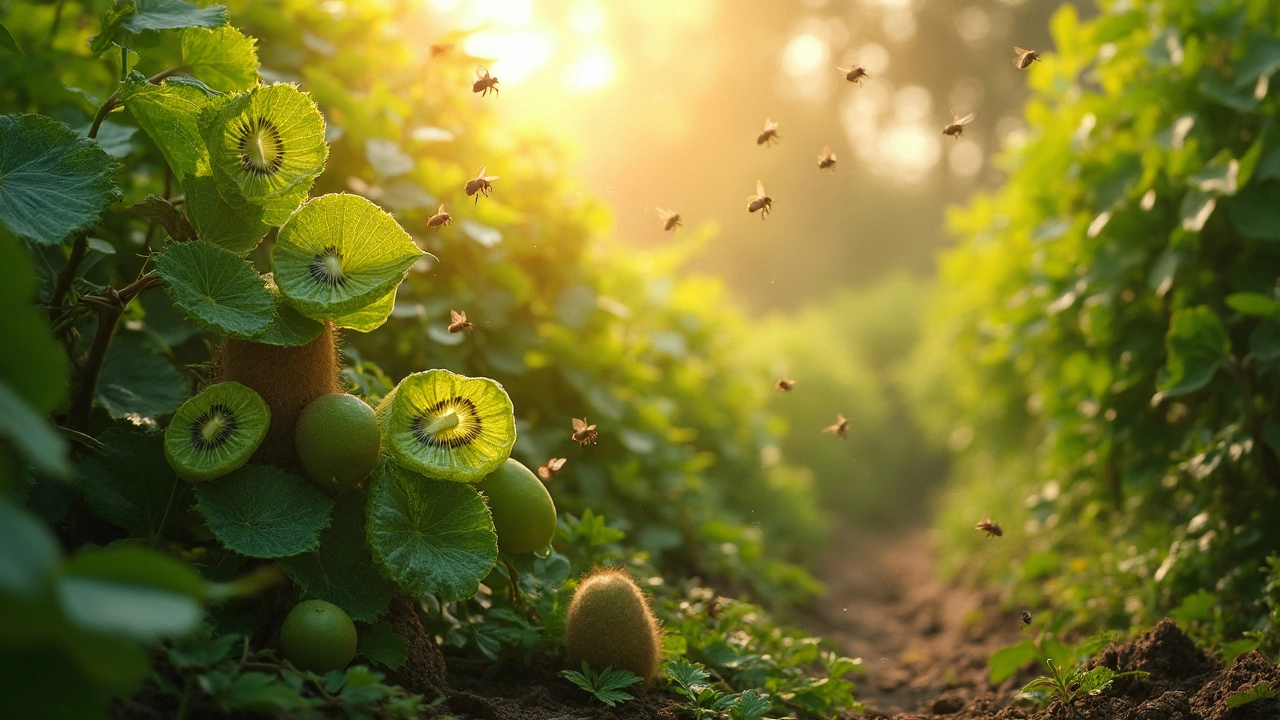
Why Kiwi Might Not Be Considered Vegan
by Landon Weathers / 26 Mar 2025Although kiwi may seem like a typical plant-based food, the use of animal-based processes in its production may lead some vegans to exclude it from their diet. Learn about the interplay between agriculture and vegan ethics, the intricacies of kiwi pollination, and alternatives for vegans concerned about ethical consumption.
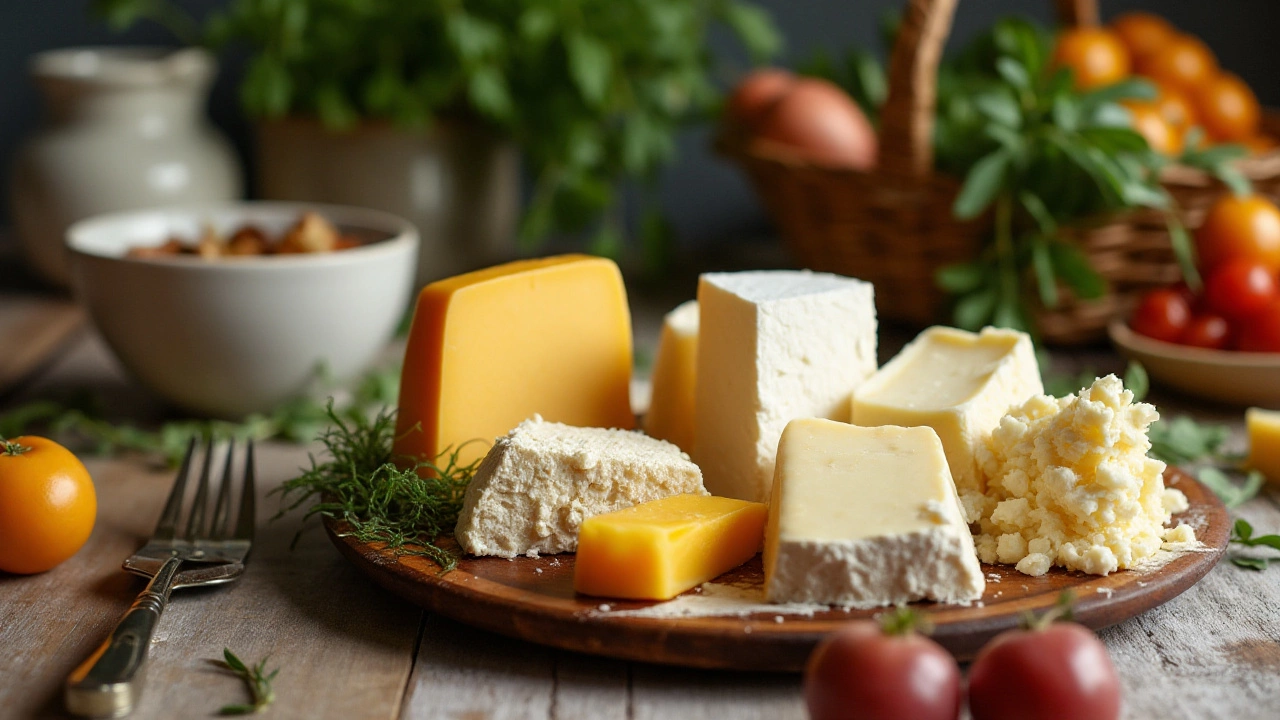
Exploring Vegan-Friendly Cheese Alternatives
by Landon Weathers / 11 Jan 2025For those embracing a vegan lifestyle, cheese might seem like an indulgence best left behind. However, a world of delicious, plant-based alternatives awaits exploration. Vegan cheese might not be traditional, but it satisfies cravings splendidly. Let’s dive into these dairy-free wonders, ingredients used, and the options available.
